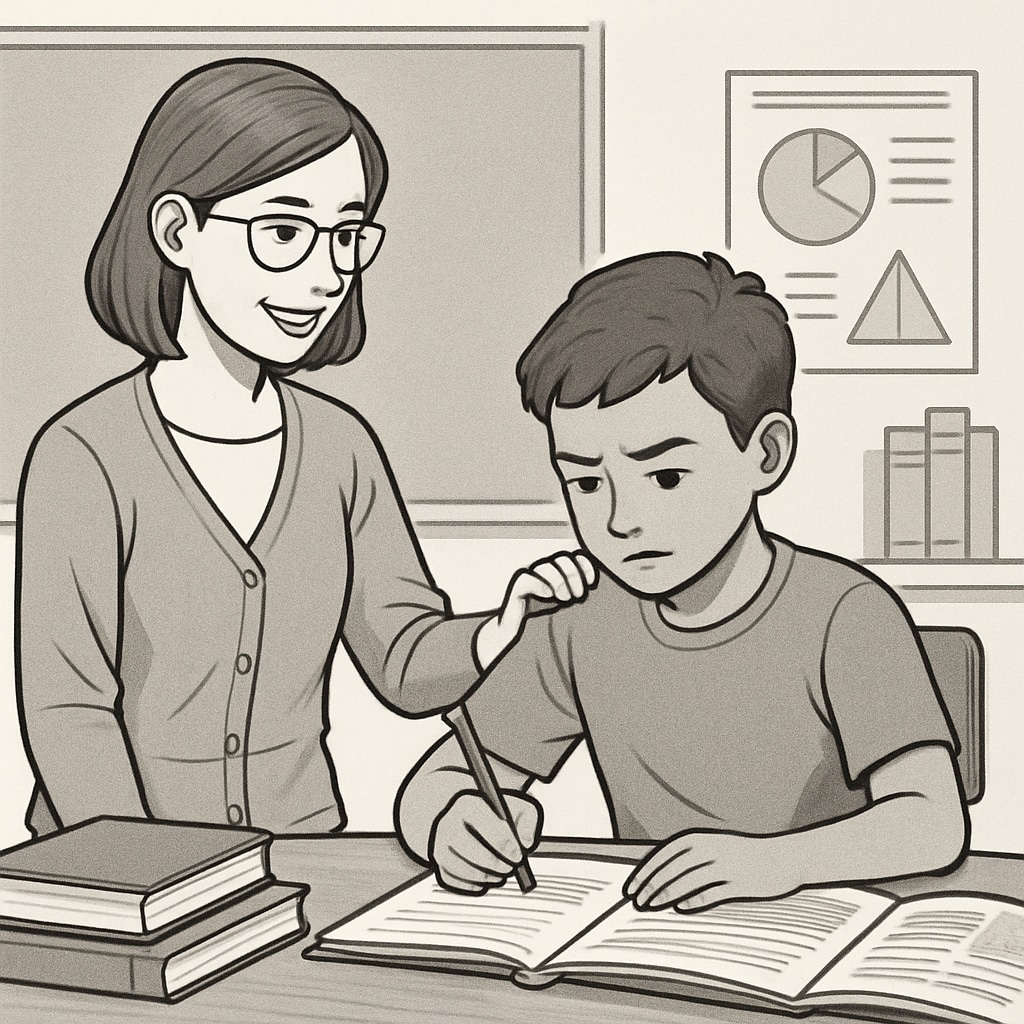The ethical dilemma between rigorous teaching methods and nurturing care has long been a point of contention in education. This debate is vividly illustrated in the 2014 film *Whiplash*, where the relationship between a demanding jazz instructor and his student raises questions about how far educators should go to push students toward greatness. In the context of K-12 education, the challenge becomes even more pressing: How can we unlock a student’s full potential without causing harm to their mental and emotional well-being? This article explores the “limits of education” and how to strike a balance between demanding excellence and fostering a caring environment.
The Tension Between Rigor and Care
Rigor in education often involves setting high expectations and pushing students to surpass their limits. This approach can yield impressive results, as seen in *Whiplash*, where the protagonist achieves extraordinary musical skill through relentless practice and the harsh demands of his teacher. However, this pursuit of excellence can come at a cost. The student in the film endures psychological stress, isolation, and even physical harm. This raises a crucial question for educators: When does rigor cross the line into harm?
In contrast, a nurturing approach emphasizes emotional support, encouragement, and understanding. While this method creates a safer space for students, critics argue that it sometimes leads to complacency, where students are not challenged enough to reach their full potential. The ethical dilemma lies in balancing these two approaches to achieve both excellence and well-being.

Lessons from *Whiplash*: What Educators Can Learn
In *Whiplash*, the jazz instructor Terence Fletcher employs an extreme method of teaching—humiliation, intimidation, and relentless criticism—to push his student Andrew Nieman to the peak of his abilities. While Fletcher’s methods yield extraordinary results, their ethical implications are questionable. Andrew’s journey highlights the importance of understanding individual limits and adapting teaching methods accordingly.
For educators, the film serves as a cautionary tale. It underscores the need for a balanced approach that respects the individuality of each student. Teachers must ask themselves: What motivates this particular student? How can I challenge them without causing harm? A one-size-fits-all approach, such as Fletcher’s, risks alienating students or causing long-term damage to their confidence and mental health.
To support this balanced approach, the following strategies can be considered:
- Set personalized goals that challenge students without overwhelming them.
- Provide constructive feedback that highlights both strengths and areas for improvement.
- Foster a safe environment where students feel supported even when they fail.
- Regularly check in with students to gauge their emotional and mental well-being.

Finding the Ethical Balance in K-12 Education
In K-12 education, the stakes are different from those in professional or artistic training. Children and adolescents are in a critical stage of emotional, cognitive, and social development. As a result, educators bear the responsibility of not only imparting knowledge but also nurturing well-rounded individuals. Extreme rigor, as seen in *Whiplash*, may yield results in the short term but can have lasting negative effects on young learners.
A balanced approach involves integrating elements of both rigor and care. For example:
- Encourage a growth mindset by celebrating effort as much as achievement.
- Incorporate collaborative projects that build both skills and interpersonal relationships.
- Use differentiated instruction to meet the diverse needs of students.
- Train educators to recognize signs of stress, burnout, or disengagement in students.
By adopting these strategies, educators can create an environment where students feel challenged and supported, ensuring both academic success and emotional well-being.
Conclusion: Redefining Success in Education
The ethical dilemma between rigorous methods and nurturing care in education requires constant reflection. While movies like *Whiplash* offer extreme examples, they remind us that the ultimate goal of education is not just to produce high achievers but to develop resilient, confident, and well-rounded individuals. By finding the right balance between pushing students toward excellence and providing the care they need, educators can help students thrive academically, emotionally, and socially.
As the conversation around mental health and educational methods continues to grow, it is vital for educators, parents, and policymakers to collaborate on creating systems that prioritize both excellence and well-being. Only then can we truly redefine success in education.
Readability guidance: This article maintains short paragraphs, uses bullet points for clarity, and incorporates transitional phrases such as “however,” “in addition,” and “as a result” to ensure smooth reading. Passive voice is kept to a minimum, and long sentences are limited to enhance readability.


